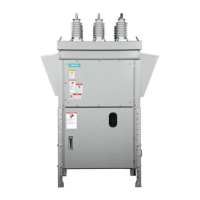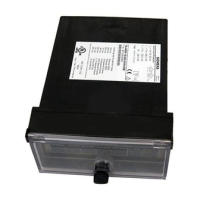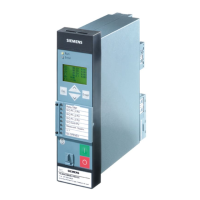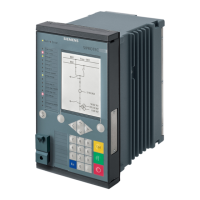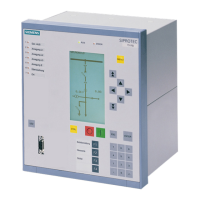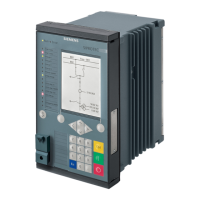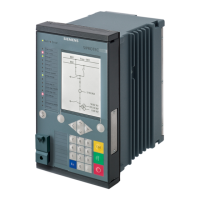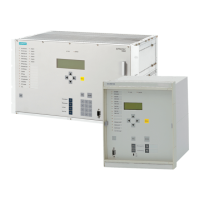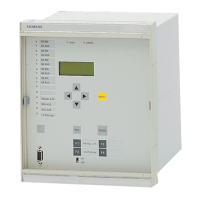Methods of implementing selectivity using circuit breakers
3.5 Zone selective interlocking
Selectivity for 3VA molded case circuit breakers
Configuration Manual, 08/2016, A5E03603181010-01
39
The selection of the circuit breakers and the overload release (L) setting of the upstream
3VA2 630A molded case circuit breaker are based directly on the first characteristic curves
diagram.
The short-time delay short-circuit release (S) of the upstream 3VA2 630A molded case
circuit breaker with ETU 350 is set to I
sd
= 2000 A so that this breaker (when the tolerances
of +10 % are also taken into account) can trip below I
kminB
= 2.3 kA within 5 s at installation
point B.
The short-time delay has been set to 0.15 s.
Nonetheless, the tripping characteristics with the relevant tolerances of the two circuit breakers
overlap in the instantaneous short-circuit zone. In order to ensure that selectivity and prompt,
reliable interruption of the potential short-circuits I
kminB
can still be achieved, however, the
dynamic selectivity within the zone marked in yellow is applied. Using the selectivity tables
(see "FAQs (https://support.industry.siemens.
com/cs/de/en/view/97493202)" in Siemens
Industry Online Support (SIOS)), chapter 3.2, it is possible to implement total selectivity with
the upstream 3VA2 630 A molded case circuit breaker and the downstream 3RV1 circuit
breaker, size S2 for motor protection up to their rated ultimate short-circuit breaking capacity
I
cu
= 50 kA at 400 V AC.
This example demonstrates that dynamic selectivity can be used to achieve reliable tripping
of the two circuit breakers on the basis of the short-circuit current calculation for this network
while still implementing total selectivity.

